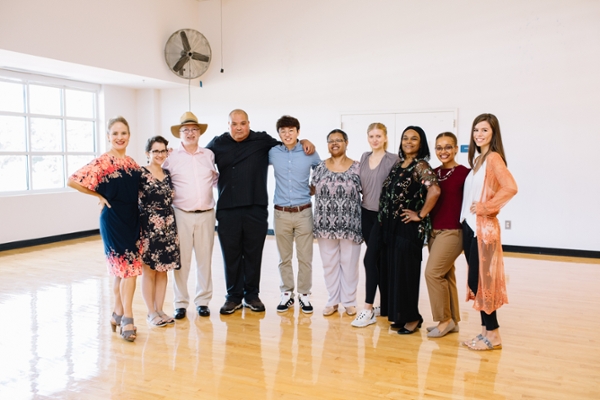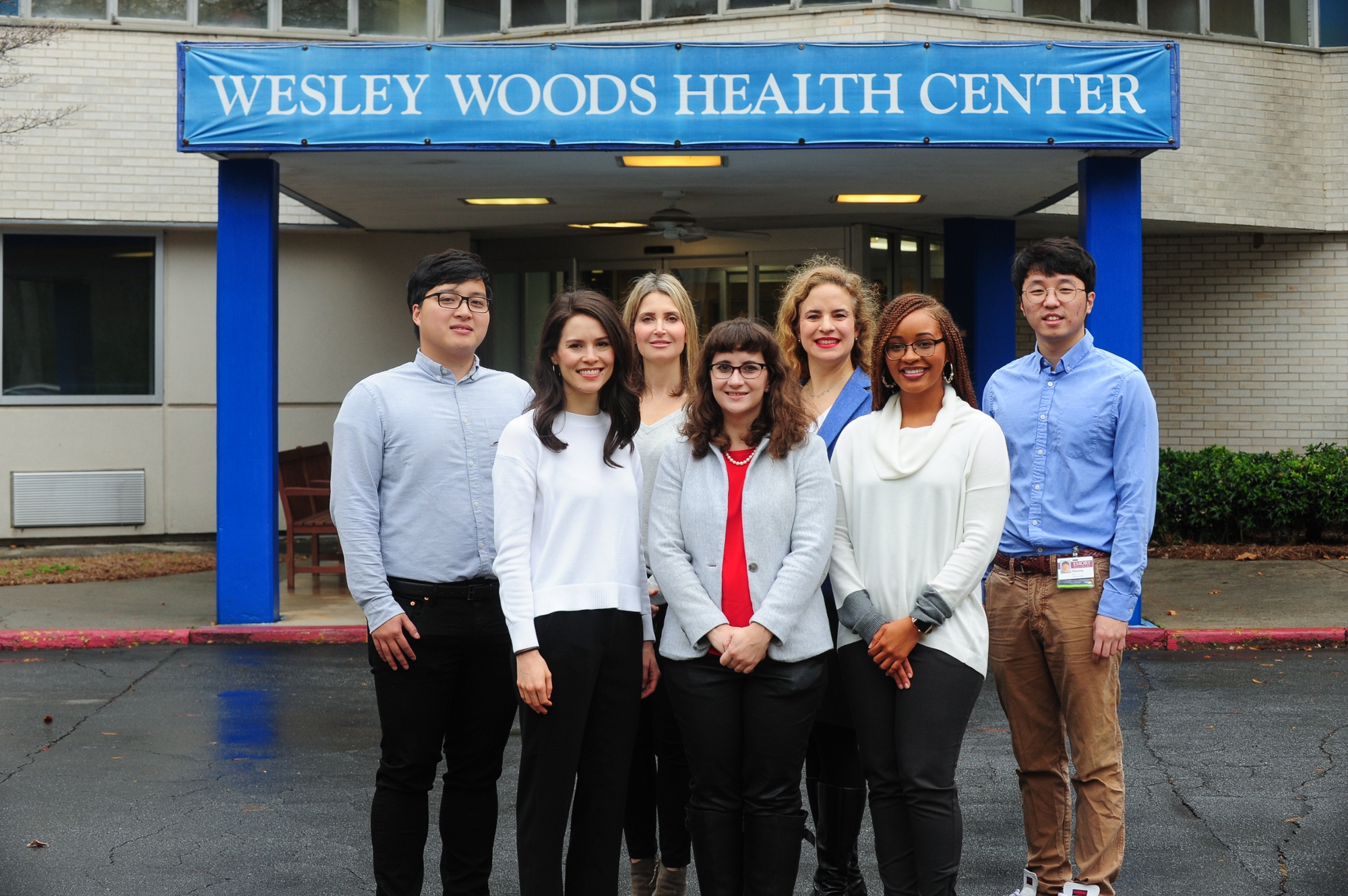
The Neurokinesiology lab's focus is on developing physical rehabilitative strategies with high compliance while enhancing balance, mobility, cognition and quality of life and reducing fall risk for older adults with and without neurological disorders. Dr. Madeleine Hackney and team study interventions' motor patterns and timing, dosage, and overall efficacy. We are keenly interested in identifying movement programming, pedagogical methods of movement instruction, and related aspects (i.e., music accompaniment, environment) that will optimize group physical and dance-based activities for specific populations. The lab also investigates aspects pertaining to improved quality of life, satisfaction and goal-attainment as a result of rehabilitative physical activity.
A second focus of the laboratory is on investigating the efficacy of an interactive health seminar/educational program for older adults, and particularly for older adults who are diverse and underrepresented in research. The seminars involve learning strategies supported by cognitive psychology, and are co-taught by medical students and faculty members.
The lab uses a variety of standardized motor, cognitive and psychosocial measures to assess efficacy before and after interventions. Dr. Hackney's lab also investigates novel motor and cognitive assessments and contributes to enhanced understanding of characteristics related to fall risk, cognitive and psychosocial profiles in older adults with and without neurological disorders.
Goals
- Design optimal rehabilitative physical interventions (exercise and dance-based) for those with Parkinson Disease (PD) and older adults with sensorimotor impairments to improve mobility and cognition.
- Detect mechanisms underlying movement pathologies by characterizing motor patterns in challenging conditions, and investigating neural pathways of motor control and remediation/compensation through functional magnetic resonance imaging.
- Investigate programs that promote wellness, and enhance or maintain motor and cognitive function for individuals with PD as well as older adults going through typical aging processes.
The programs that are currently being researched are an adapted Argentine Tango program (adapted tango), and the DREAMS program, an educational intervention designed to promote research participation by older adults, particularly those who are underserved.
Research Projects
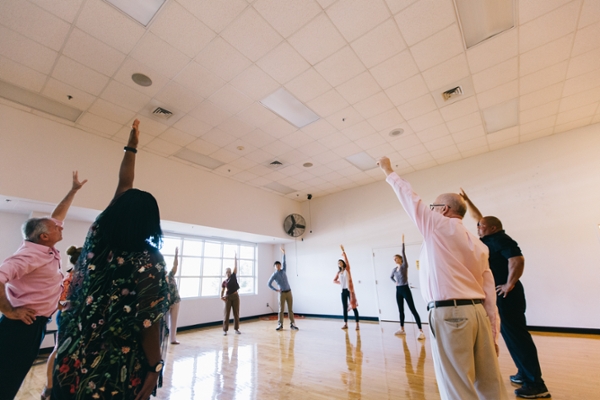
Falls are the leading cause of both fatal and non-fatal injuries among older adults. The economic consequences of falls are significant and growing, and falls are expected to cost the U.S. economy as much as $101 billion by 2030. Falls are also preventable and represent a major source of modifiable morbidity, mortality, and health expenditures. Stopping Elderly Accidents, Deaths, and Injuries (STEADI) is an intervention to prevent falls among older adults developed by the Centers for Disease Control & Prevention (CDC). Studies piloting the intervention have shown promising results; however, more evidence is needed to show that the intervention can be implemented cost-effectively on a larger scale in a real-world integrated health system. To this end, NORC at the University of Chicago in partnership with Emory University School of Medicine has contracted with the CDC’s Division of Unintentional Injury Prevention to evaluate the effectiveness and cost-effectiveness of the STEADI intervention. This study aims to answer the following research questions to fill the remaining knowledge gaps about STEADI:
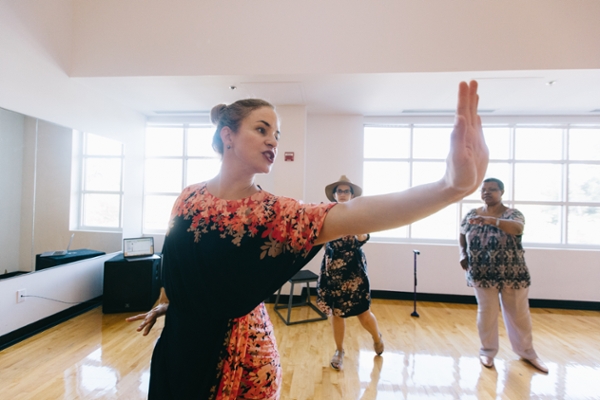
- Does STEADI significantly reduce falls among the target population compared to the standard of care?
- Does partial implementation of some selected STEADI modules, also significantly reduce falls among the target population as compared to the standard of care?
- Does the net present value of falls and resulting injuries averted by STEADI implementation exceed the net present value of the costs of STEADI implementation and the incremental costs that result from it?
Using a mixture of the qualitative interview and quantitative performance measures, the study will also evaluate and describe this case of STEADI implementation within selected primary care clinics of Emory Healthcare. We have partnered with Emory University School of Medicine to implement different aspects of STEADI in a real-world primary care setting, document experiences implementing the intervention, measure implementation costs and compare the outcomes of the STEADI intervention compared to abridged versions of the intervention.
Eligibility
- 65 years and older
- Present for an outpatient non-emergency appointment at current designated Emory clinic site
- Frequent fall risk
Exclusion
- Have previously been diagnosed with dementia
- Are receiving hospice services
- Are non-ambulatory
- Are complaining of fever or acute illness
- Excluded on day of visit but maintained in the sample for future encounters
- Patients who may not be able to complete the patient questionnaire, including non-English speaking patients.
- Patients already receiving falls prevention interventions to the extent that this is identifiable.
If interested, please contact the clinical coordinator, Amber Martnez
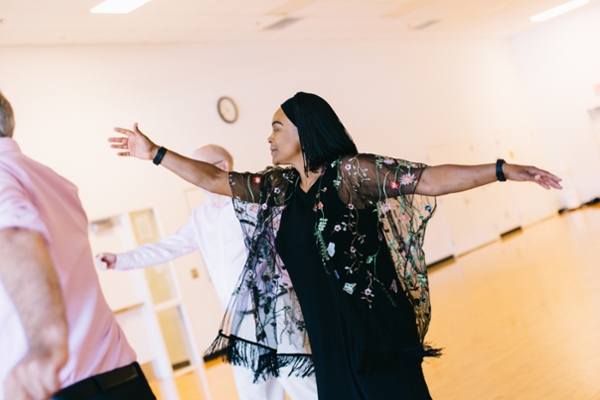
Parkinson’s disease (PD), an intractable condition impairing motor and cognitive function, is imperfectly treated by drugs and surgery. Two priority issues for a majority of people with PD are OFF-time and Cognitive impairment. We will perform a randomized, controlled trial in veterans and non-veterans with diagnosed PD to compare the efficacy of PDAE versus walking AE (WAE) for OFF-time, cognition, and neuroprotection. We will assess neuroprotection with novel neuromelanin-sensitive MRI (NM-MRI) and iron-sensitive (R2*) MRI sequences to quantify neuromelanin loss and iron accumulation in substantia nigra pars compacta (SNc) Our overall hypothesis is that PDAE – a cognitively engaging AE – is more effective at reducing OFF-time and improving cognition than WAE. However, similar to WAE, we believe PDAE is neuroprotective in PD. We will observe the following:

-
- Examine the effects of Training and Maintenance phases of PDAE vs. WAE upon the patient experience of OFF times. Participants will be assessed with the UPDRS-IV.
- Compare PDAE vs. WAE at 3 and 16 months on cardiovascular output, endurance, and behavioral and neural (fMRI) measures of spatial cognition.
- Determine whether PDAE vs. WAE vs. leveraged data from non-intervention controls is a) neuroprotective and b) whether this neuroprotection is associated with OFF time (Aim 1), and cognitive (Aim 2) response to PDAE and WAE.
- Examine the effects of Training and Maintenance phases of PDAE vs. WAE upon the patient experience of OFF times. Participants will be assessed with the UPDRS-IV.
Eligibility
- Age: older than 40 years (40 is the upper limit for young-onset PD)
- MoCAscore >17
- Able to walk with or without an assistive device at least 10 feet
- Best-corrected/aided acuity better than 20/70 in the better eye
- Willingness to be randomized to either group
- H&Y stages I-III
- Report OFF times (reporting >0 on item 4.3 of the UPDRS-IV)
- Show clear symptomatic benefit (e.g., alleviated rigidity, bradykinesia, and tremor) from antiparkinsonian medications
- Fluent in English to comprehend and participate
Exclusion
- Untreated Major Depression and major psychiatric illness
- History of stroke, or traumatic brain injury
- Pure-tone threshold average sensitivity at 0.5, 1.0, and 2.0 kHz exceeds 40 dB
- Previous participation in PDAE or WAE classes.
- Alcohol abuse and/or use of antipsychotics
- Lives outside of the study site or is planning to move out of the area in next year or leave the area for >1 month during the next year
- Taking moderate to high doses of beta-blockers with a resting heart rate below 60 beats/min since exercise intensity is measured through a target heart rate.
- Severe cardiac disease, including NYHA Class III or IV congestive heart failure, clinically significant aortic stenosis, history of cardiac arrest, use of a cardiac defibrillator, or uncontrolled angina; as discussed we are not planning to perform routine exercise tolerance tests prior to enrollment
- Other significant co-morbid diseases that would impair the ability to participate in the exercise-based intervention, e.g. renal failure on hemodialysis, excessive alcohol use (>14 drinks per wk)
- Any contraindications to MRI egclaustrophobia, etc
If interested please contact the clinical coordinator Kelsey Tucker
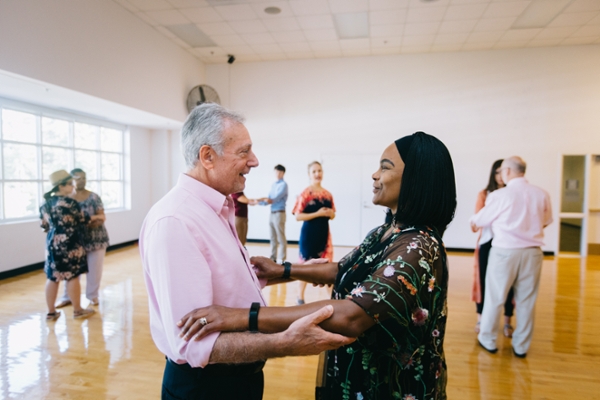
The DREAM On program is based on successful topics from both Part I (health education) and Part II
(research advocacy) of the original DREAMS program, and the TeleDREAMS Research Advocacy program
with a focus on PD-related health education and introducing clinical research. As such, DREAM On includes
sections on understanding clinical research, health topics of relevance to people with PD (with evidence from
clinical research interwoven throughout), and health disparities. Modules will also include actionable
information to help educate diverse seniors on ways that they can stay healthy and get involved in the PD
community.
Written copies of the recorded information will be given to participants. Each binder will contain
8 weeks of lesson plans, and participants are directed to complete one lesson (estimated time to complete:
1.5 h) via reading or listening per week for eight weeks. Each lesson includes 20-30 pages (14-point font, with
pictures) of 8th-grade reading level accessible material, as well as related supplemental videos to watch and
web-based resources. Participants receive weekly phone calls (20-30 minutes) from health student
volunteers to ascertain progress and discuss each completed lesson
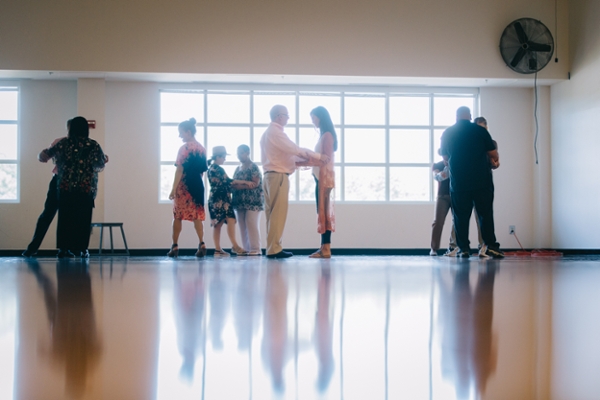
Our overall objective is to: a) educate diverse older adults in Part I about current research opportunities within the greater Atlanta area, the value of research, and the importance of older adult participation in PCOR and b) train in Part II a group of older adults, the DREAMS Team (chosen from participants in Part I), to become research advocates within their communities. In order to achieve these objectives, we have the following specific aims:
-
We will identify potential barriers and facilitators to implementing the DREAMS Educational Program as well as identify needs specific to diverse older adults and clinical researchers. We will achieve this aim through focus groups conducted prior to Part I.
-
Building on information gained from Aim 1, we aim to implement Part I of the DREAMS Educational Program and assess its feasibility and acceptability. We will use qualitative and quantitative measures to assess outcomes before, after and 8 weeks after implementing the DREAMS program, including: participant satisfaction, attrition, knowledge retention on healthy aging-related research topics and research processes, attitudes toward clinical research/research participation, and the likelihood of participating in clinical research in the future.
-
Utilizing the information gained from Aims 1 and 2, we will a) develop curriculum for Part II of our educational program, modeled after curricula of other national organizations and actively engage participants as community advocates in research and b) determine the effectiveness of Part II curriculum for training and engaging community advocates in research (the DREAMS Team). We will assess the effectiveness of the training program before, after, and 3 and 6 months after initiating the program using a number of quantitative metrics.
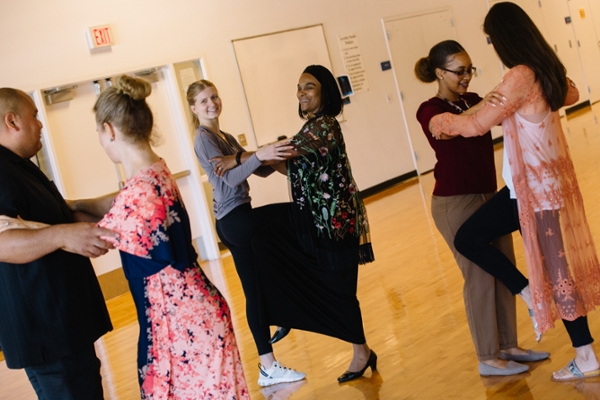
For people with early Alzheimer’s disease (AD), treatment options to prevent declined function are extremely limited, because AD affects many areas of function. In early AD, people may have trouble physically doing things while also thinking, which is necessary for many activities in daily life. This problem might be helped by doing activities that challenge the mind and the body at the same time, so we have developed an ideal intervention. Partnered rhythmic rehabilitation (PRR), which targets fitness, cognition, mobility, and social engagement and may prevent future functional problems in AD.
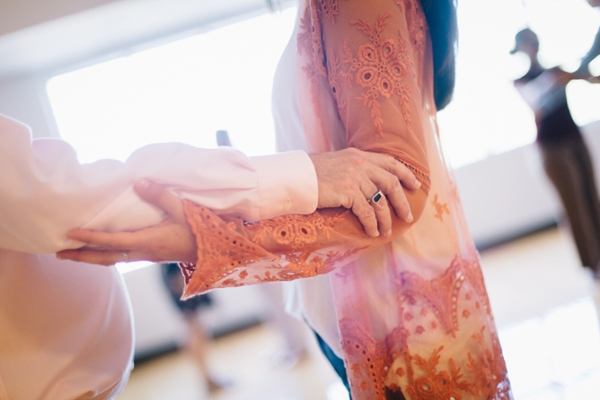
Goals
- To determine acceptability, safety, tolerability, and satisfaction with PRR in pAD. Acceptability will be measured by identifying barriers/ facilitators to participation and beliefs regarding PRR as therapy through focus groups conducted prior to the trial. Safety will be confirmed by the absence of injurious falls during PRR classes, ie, while under the supervision of a PRR instruction; tolerability will be measured with attrition. H1: We expect PRR to be safe (0 injurious falls during the PRR classes), and tolerable (attrition will be ≤15%). Participants in PRR will have significantly higher satisfaction ratings and better attitudes, as assayed by focus groups and questionnaires, concerning their assigned therapy for addressing functional performance compared to WALK participants.
- To determine a) efficacy of PRR vs. WALK for improving motor-cognitive integration in pAD; b) to identify sensitive endpoints to power a future phase III trial. Our primary efficacy outcome will be the Four Square Step Test (FSST) collected at entry, three months, and 12 months. H3: a. Using an intent-to-treat approach PRR participants will exhibit significantly better motor-cognitive performance, as measured by faster performance speed on the FSST than WALK at 3 months and 12 months. b. We will include a set of other endpoints (volumetric hippocampal and cortical thickness and cognitive measures (executive function, visuospatial, and memory) with the intent to identify the most sensitive endpoint for the Phase III trial. We hypothesize FSST will be the most sensitive endpoint to power a future trial.
- In addition to the stated aims above, we will explore potential mechanisms by which PRR affects pAD. These mechanisms include functional brain measures, vascular, and inflammation measures (arterial stiffness; cerebral perfusion, task fMRI (motor-cognitive and touch paradigms); inflammatory markers: cytokines and chemokines, endothelial adhesion markers. Our goal is to estimate the effect size of the intermediary measures and hence aid us in estimating sample size for a future trial that will definitively identify mechanisms.
Eligibility
- age: 50 -80 years
- Amnestic MCI will be defined using the AD Neuroimaging Initiative (ADNI) criteria (http://www.adni-info.org/Scientists/ADNIStudyProcedures). All MCI participants in ADNI are required to have an amnestic subtype defined as:
- Subjective memory concern or a memory problem noted by their partner, if a partner is available. If a partner is not available, self-reported subjective memory concerns will satisfy this criterion.
- Abnormal memory function documented by a specified education adjusted cutoff score on the delayed paragraph recall of the Anna Thompson story of the Logical Memory subtest from the Wechsler Memory Scale-Revised (WMS-R).
- The maximum score is 25. WMS-R cutoffs are as follows: a. 9-11 for 16 or more years of education; b. 5-9 for -15 years of education; c. 3-6 for 0-7 years of education
- Mini-Mental State Exam (MMSE) score between 24 and 30 (inclusive) or Montreal Cognitive Assessment score between 18 and 25. Exceptions may be made for subjects with less than 8 years of education at the discretion of the PI.
- Single domain (defined as an impairment in memory only) or multi-domain amnestic MCI (both subtypes are at high risk for progression to AD). Patients must have amnestic MCI but may also have other affected cognitive domains and therefore would be considered “multi-domain” amnestic. Cognitive domains affected in addition to memory (language, executive function, attention/working memory, visuospatial) documented in neuropsychological notes based on age normalized battery scores will be operationalized as checkboxes in REDCap software to enable post-hoc analyses.
- Clinical Dementia Rating (CDR) = 0.5 (Memory Box score must be at least 0.5)
- General functional performance sufficiently preserved. We will use the Functional Assessment Questionnaire to determine this construct, and patients must have a score of 9 or lower on the FAQ to be included.
- Ability to walk 10 or more feet with or without an assistive device
- Completed six grades of education or has a good work history (which is considered sufficient to exclude intellectual disabilities)
- Achieves less than 150 minutes of moderate-intensity or 75 minutes of vigorous-intensity aerobic activity per week, which is the recommended amount of weekly exercise as per the US Department of Health and Human Services. Not involved in any structured exercise program within the past 3 months (brisk walks are considered formal exercise but leisurely walks are not).
- Not hospitalized within the last 60 days;
- Willing to commit to a one-year research program.
Exclusion
- Acute medical illness requiring hospitalization;
- Uncontrolled congestive heart failure;
- History of stroke in the past three years;
- Inability to perform study procedures;
- Inability to perform MRI (e.g. metal implants or cardiac pacemaker, claustrophobia);
- Medical or physical conditions that would preclude participation (e.g., severe arthritis or mobility problems, uncontrolled hypertension or diabetes, renal failure, history of angina with activity);
- On medications that could adversely affect cognition, eg: antipsychotics, opioids, stimulants, chemotherapy, anti-parkinsonian drugs (eg Levodopa), neurologic prescriptions to treat Multiple sclerosis, and/or Parkinson’s. When applicable, enrollment will be delayed until dosages are stable on e.g., Aricept, Namenda, anticholinesterase inhibitors, for at least 3 months
- Psychotic disorders
- Confounding neurologic conditions (e.g., active CNS opportunistic infections, seizure disorders, head injury with loss of consciousness >30 minutes, intracranial neoplasms, stroke with neurological or neuropsychiatric sequelae)
- Substance Use Disorder, Major Depressive, and Generalized Anxiety Disorders within six months of evaluation.
If interested please contact the clinical coordinator, Tharushi Samaraweera

Dr. Madeleine Hackney
Principle Investigator
Madeleine Hackney has been dedicated to volunteer community service and has recruited and mentored many undergraduates to volunteer as assistants in group exercise studies. She has presented her work at international meetings, such as the Movement Disorders Society, the International Society for Posture and Gait Research, the Society for Neuroscience, and the American Congress of Rehabilitation Medicine- American Society of Neurorehabilitation Joint Educational Conference. She has been an invited speaker for Luther Colleges Black History Conference, and the Culture and Brain Health Initiative symposium at the University of Gothenburg, Sweden.
Research Staff
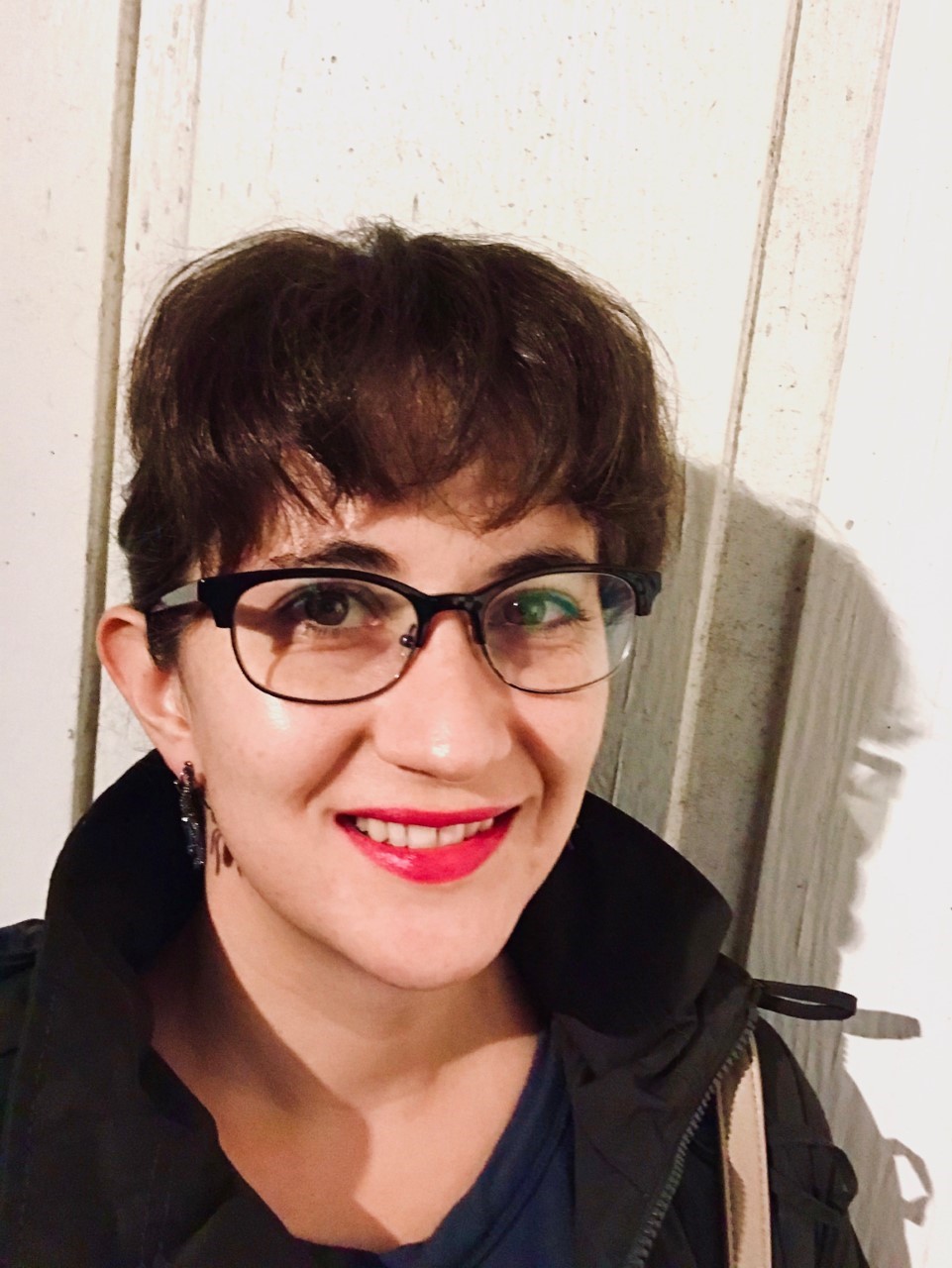
Allison Bay
Lab Manager
Allison is the lab manager and oversees all current and past research projects. She received her Bachelor’s in Neuroscience and Psychology from Baldwin Wallace University and her Master’s in Public Health from Emory University. She is also a current doctoral public health candidate at Georgia State University.
Fun Fact: Served as a U.S. Peace Corps in the Philippines.
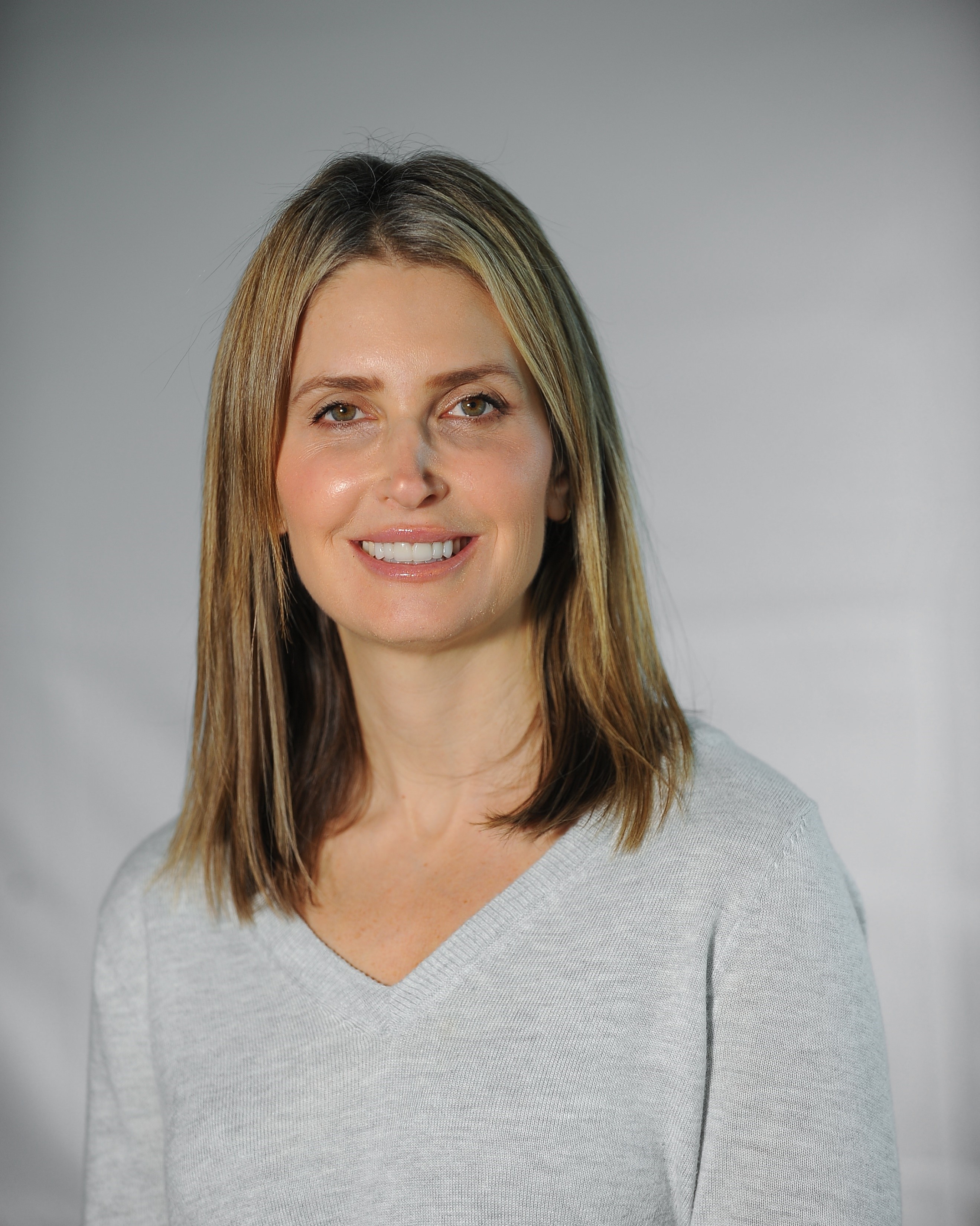
Angela Stong
Clinical Research Nurse
Project: STEADI
Angela has over 20 years of experience as a clinical nurse. She received her bachelor’s from the University of Alabama and her Master of Science in Nursing from the University of Alabama - Birmingham. She serves as a clinical nurse of the STEADI project and assists with other projects within the lab.
Fun Fact: Enjoys western and English horseback riding
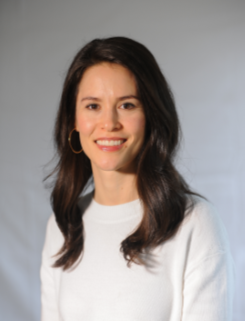
Amber Martinez
Clinical Research Coordinator
Project: STEADI
Amber is the Clinical Research Coordinator on the STEADI project. Amber also assists with obtaining funding for the lab with her experience in grant writing through her graduate studies in social work. Amber completed her Bachelor’s in Health Promotion at the University of Georgia and obtained her Master’s in Social Work from Georgia State University. Amber has previously coordinated several research studies focused on geriatric populations at Emory University.
Fun Fact: I watched every episode of New Girl at least 10 times.

Tharushi Samaraweera
Clinical Research Coordinator
Project: PARTNER
Tharushi received her Master of Public Health degree from Georgia State University and has a bachelor’s degree in Biology from Berry College. She currently works as a Clinical Research Coordinator for the “PARTNER” study, which focuses on how a dance-based rehabilitative intervention (Partnered Rhythmic Rehabilitation) can help improve motor and cognitive function in participants with a mild cognitive impairment.
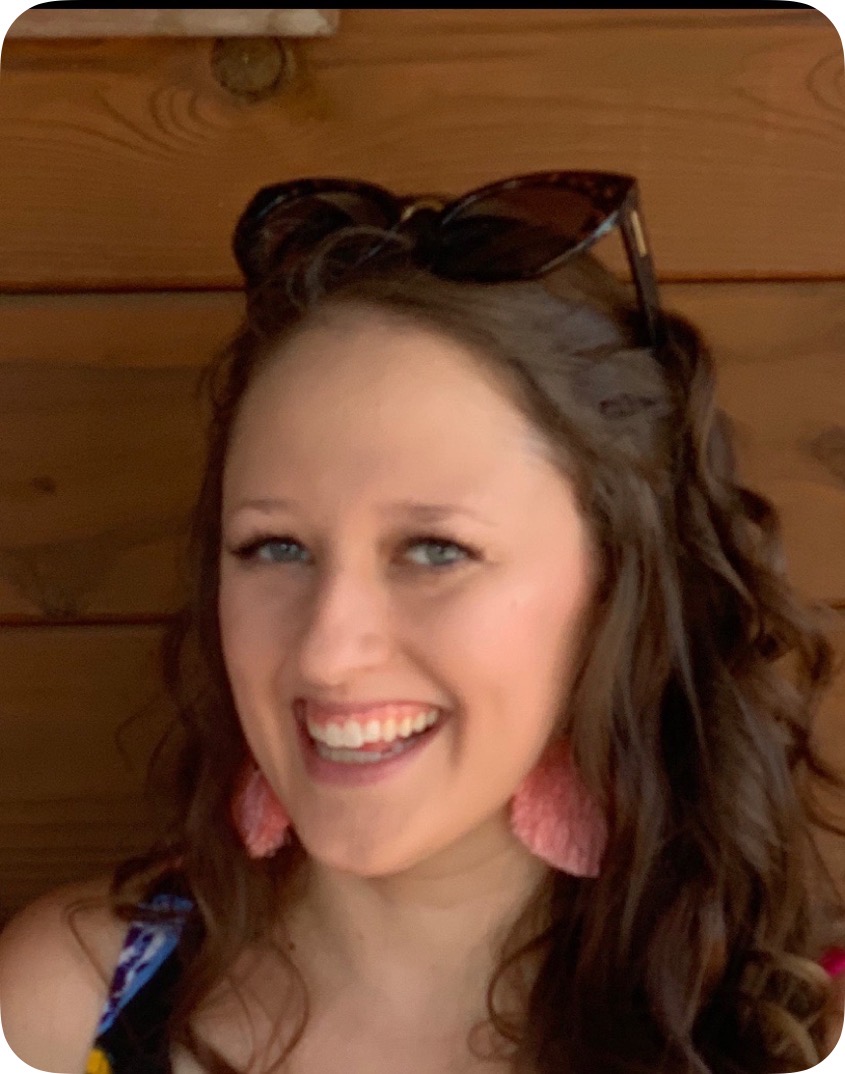
Kelsey Tucker
Clinical Research Coordinator
Project: PAIRED
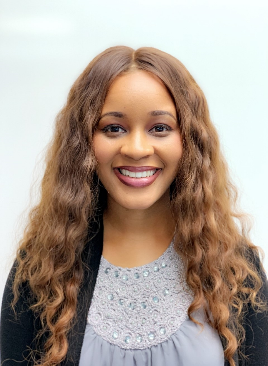
Shamekia Winding
Clinical Research Interviewer
Project: STEADI PARTNER

Stacy Lewis
Clinical Research Interviewer
Project: STEADI DREAMS
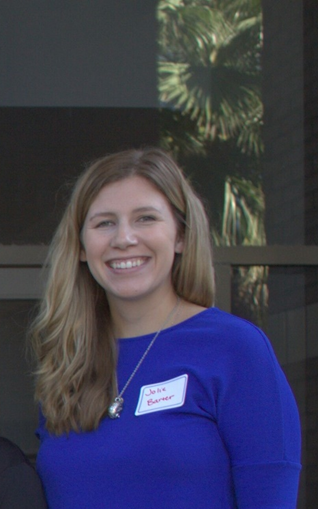
Dr. Jolie Barter
Postdoctoral Fellow
Project: PARTNER

Stephanie Bolton
Clinical Research Intern
Project: DREAMS PARTNER PAIRED

Liang "Daniel" Ni
Informatics Analyst

Nicole Schinder
Undergraduate Research Assistant
Project: DREAMS
Fun Fact: My parents moved to Montreal, Canada my freshman year of college.

Maria Ramos
Undergraduate Research Assistant
Project: DREAMS

Eliza Lewis
Graduate Research Assistant
Project: DREAMS
Fun Fact: I have two College Football National Championship rings from my time working as an athletic trainer at Clemson University.

Emmie Cohen
Undergraduate Research Assistant
Project: DREAMS
Fun Fact: I love to scuba dive and just completed my certification!

Anjali Khakharia
Senior Biostatistician
Anjali has been working at Emory University for the last six years. In the past, she worked as Research Associate at the University of Medicine and Dentistry of New Jersey (UMDNJ) and VA hospital at New Jersey for over 8 years. Her research interests are improving Diabetes care and its management, looking at the long-term complications of diabetes and its management, identifying the risk factors, and managing chronic kidney disease. Health services research related to vascular interventions for cardiovascular diseases. She is also interested in research related to the geriatric population including Parkinson’s disease, dementia, and falls."

Dr. Amy Morse
Physical Therapist
Projects: STEADI PARTNER PAIRED
Research Staff Alumni

Jordan Jackson
Former Graduate Research Assistant
Project: DREAMS

Denny Shin
Former Clinical Research Interviewer
Project: STEADI
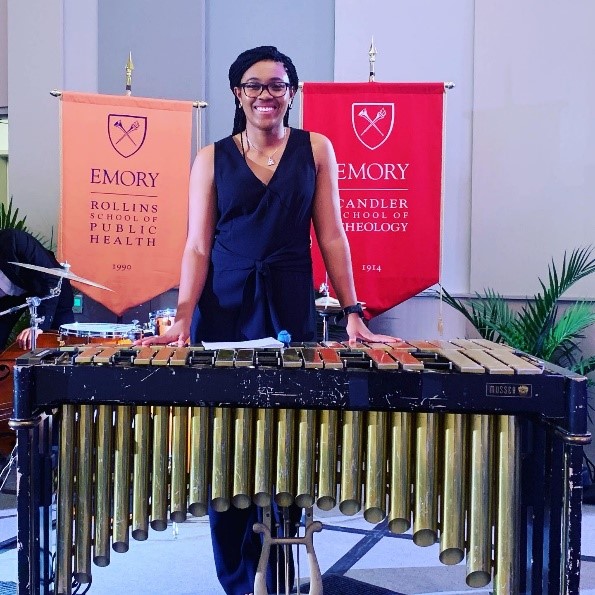
Morgan Patrick
Former Graduate Research Assistant
Project: DREAMS
Morgan served as a research assistant that worked on DREAM ON and TeleDreams projects. Her research focuses on the Side of Onset in Parkinson’s Disease and Spatial Cognition. Morgan recently graduated with a Bachelor of Science Degree in Neuroscience and Behavioral Biology with a Minor in Music from Emory University. Her future plans include research at Virginia Polytechnic Institute and State University and preparing for graduate school.
Favorite Quote: “I am the master of my fate, I am the captain of my soul.” - William Ernest Henley

Suraj Pothineni
Former Graduate Research Assistant
Suraj is a graduate research assistant that worked on the DREAM ON project. Suraj grew up and lived in Hyderabad, India for ten years. He also enjoys rock-climbing.
Favorite Quote: Don’t let bridges you cross be bridges you burn – J. Cole
Publications
Key Recent Publications
- Hackney ME, Kantorovich S., Earhart, G.M. A study on the effects of Argentine tango as a form of partnered dance for those with Parkinson disease and healthy elderly. American Journal of Dance Therapy, 2007; 29(2): 109-127.
- Hackney ME, Kantorovich S., Levin, R., Earhart, G.M. Effects of tango on functional mobility in Parkinson disease: A preliminary study. Journal of Neurologic Physical Therapy, 2007; 31:173-179.
- Hackney ME, Earhart GM. Tai Chi improves balance and mobility in people with Parkinson disease. Gait and Posture J. 2008; 28 (3):456-460.
- Hackney ME, Earhart GM. Backwards Walking in Parkinson Disease. Movement Disorders, 2009; 24(2):218-223.
- Hackney ME, Earhart GM. Short Duration, Intensive Tango Dancing for Parkinson Disease: An Uncontrolled Pilot Study. Complementary Therapies in Medicine, 2009; 17:203-207.
- Hackney ME, Earhart GM. Effects of Dance on Movement Control in Parkinson’s Disease: A Comparison of Argentine Tango and American Ballroom, Journal of Rehabilitation Medicine, 2009;41:475–481.
- Hackney ME, Earhart GM. Health-related Quality of Life and Alternative Forms of Exercise in Parkinson Disease, Parkinsonism and Related Disorders, 2009; 15:644-648.
- Hackney ME, Earhart GM. The Effects of a Secondary Task on Forward and backward walking in Parkinson Disease, Neurorehabilitation and Neural Repair, 2009; Aug. 12. doi:10.1177/1545968309341061.
- Hackney ME, Earhart GM. Social Partnered Dance for People with Serious and Persistent Mental Illness: a Pilot Study, Journal of Nervous and Mental Disease, 2010; 198(1):76-78.
- Hackney ME, Earhart GM. Effects of Dance on Gait and Balance in Parkinson Disease: A Comparison of Partnered and Non-Partnered Dance Movement, Neurorehabilitation and Neural Repair, 2010; 24(4):384-392.
- Hackney ME, Earhart GM. Effects of dance on balance and gait in stage V Parkinson disease: A case study, Disability Rehabilitation, 2010; 32(8):679-684.
- Hackney ME, Earhart GM. Recommendations for implementing partnered dance classes for persons with Parkinson Disease, American Journal of Dance Therapy, 2010; 31(1):41-45.
- Hackney ME, Hall CD, Echt KV, Wolf SL. Application of Adapted Tango as Therapeutic Intervention for Patients with Chronic Stroke: A Case Study, Journal of Geriatric Physical Therapy, 2012; 35(4):206-217.
- Hackney ME, Burridge AB, Hawley KS, Spiro A, Echt KV. Physical and cognitive function in older men: Is longitudinal study participation related to better functioning. Journal of the American Geriatrics Society 2012; 60(2):396-8.
- Hackney ME, Hall CD, Echt KV, Wolf SL. Dancing for Balance: Feasibility and Efficacy in Oldest-Old Adults with Visual Impairment. Nursing Research Journal, 2013; 62(2):138-143.
- McKee KM, Hackney ME. The Effects of Adapted Tango on Spatial Cognition and Disease Severity in Parkinson’s Disease. Journal of Motor Behavior, 2013; 45(6):519-529.
- McKee KM, Hackney ME. The Four Square Step Test in individuals with Parkinson’s Disease: Association with Executive Function and Comparison with Older Adults. NeuroRehabilitation, 2014; 35(2):279-89. doi: 10.3233/NRE-141122.
- Hackney ME, McKee KM. Community-Based Adapted Tango Dancing for Individuals with Parkinson’s Disease and Older Adults. Journal of Visualized Experiments, 2014; 94, e52066, doi:10.3791/52066.
- Hackney ME, Hall CD, Echt KV, Wolf SL. Multimodal Exercise Benefits Mobility in Older Adults with Visual Impairment: a Preliminary Study. Journal of Aging and Physical Activity. 2015; 23(4):630-9. doi: 10.1123/japa.2014-0008.
- Chen T, Bhattacharjee T, McKay J, Borinski J, Hackney ME, Ting L, Kemp C. Evaluation by Expert Dancers of a Robot That Performs Partnered Stepping via Haptic Interaction. PLoS ONE, 2015; 10(5): e0125179. doi:10.1371/journal.pone.0125179.
- Hackney ME, Byers C, Butler G, Sweeney M, Rossbach L, Bozzorg A. Adapted Tango Improves Mobility, Motor-Cognitive Function and Gait but not Cognition in Older Adults Dwelling in Senior Independent Living Communities. 2015; Journal of the American Geriatric Society. DOI: 10.1111/jgs.13650.
- Renz E, Hackney ME, Hall CD. Foot clearance and variability in mono and multifocal intraocular lens users during stair navigation. J Rehab Res Dev. In press.
- McKay JL, Ting L, Hackney ME. Balance, body motion and muscle activity after high volume short term dance-based rehabilitation in individuals with Parkinson's disease: a pilot study. J Neurologic Phys Ther, in press.
Review Articles
- Hackney ME, Wolf SL. The Impact of Tai Chi Chu’an Practice on Balance and Mobility in Older Adults: an Integrative Review of Twenty Years of Research. J Geriatr Phys Ther, 2014; 37(3):127-35. doi: 10.1519/JPT.0b013e3182abe784.
- Hackney ME, Bennett, C. Dance therapy for Individuals with Parkinson's disease: Improving Health-related Quality of Life. Journal of Parkinsonism and Restless Leg Syndrome, 2014; 4:17-25.
- Ting TH, Chiel H, Trumbower RD, Allen JL, McKay JL, Hackney ME, Kesar TM. Neuromechanical Perspectives underlying Movement Modularity and their Implications for Rehabilitation. Neuron; 2015 Apr 8;86(1):38-54. doi: 10.1016/j.neuron.2015.02.042.
- Nocera JR, Hackney ME. The Cognition-Exercise Interaction in Parkinson’s disease: A Perspective on Current Rehabilitative Approaches with Promise to Impact the whole Sequelae. J Gerontol Geriatr Med, 2015; 1:003.
- Hackney ME, Lim HL, Battisto J, Crosson B, McGregor KM. Context-dependent neural activation: internally and externally guided rhythmic lower limb movement in individuals with and without neurodegenerative disease. Frontiers in Neurology, 2015; 6:251. doi: 10.3389/fneur.2015.00251. PMID: 26696952
Book Chapters
- Hass C, Stegemöller E, Hackney M, Nocera J. Lessons and challenges of trials involving ancillary therapies for the management of Parkinson’s disease. In: Parkinson’s Disease: Current & Future Therapeutics & Clinical Trials.Cambridge University Press. 2014
- Hackney M, Nocera J, Bowers D, Altmann L, Hass C. The Chronic Exercise-Cognition Interaction and Parkinson disease. In: McMorris, T. (Ed), Exercise-Cognition Interaction: Neuroscience Perspectives, New York: Elsevier, 2015.
Manuals, Videos, Computer Programs and Other Teaching Aids
- Hackney ME, Adapted Tango Teaching Manual, approved for 1.2 CECs by American Council on Exercise.
- Hackney ME, Blog: The Exercise Files: A Researcher’s Perspective.
- Hackney ME, PD Gladiators: Combating Parkinson's Disease with Vigorous Exercise, Ancient Martial Arts Proves To Be Modern Medicine for PD
- Hackney, ME, PD Gladiators: Comating Parkinson's Disease with Vigorous Exercise, The Exercise Files: Why Tango May Benefit Balance in Those with PD
- Hackney, ME, PD Gladiators: Comating Parkinson's Disease with Vigorous Exercise, Exercise Bolsters Cognition for Those with Parkinson’s Disease


